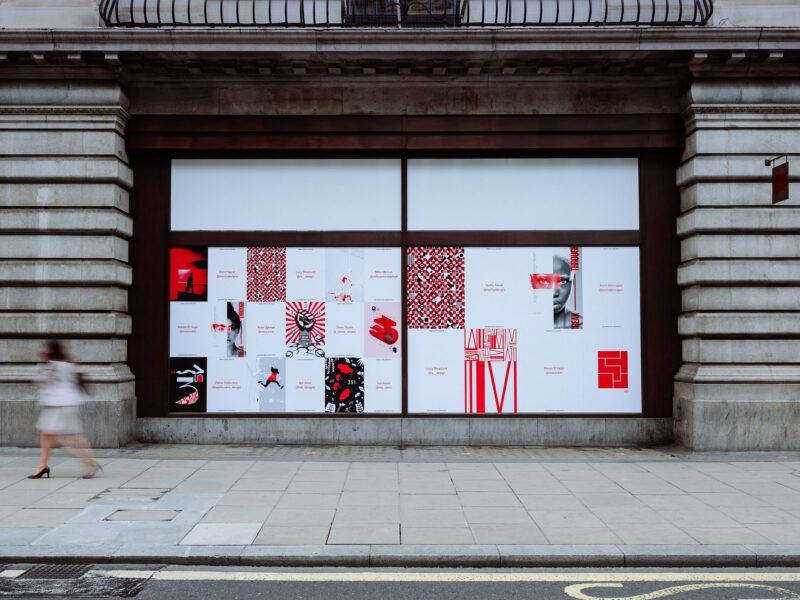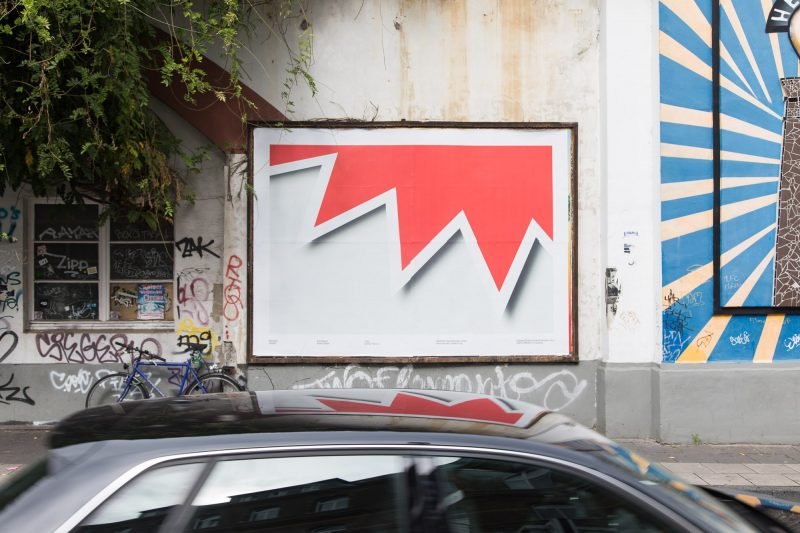Guerrilla Parking Signs Save Drivers’ Wallets
Designer Nikki Sylianteng has been hit with one too many parking tickets. That’s the reason she initiated To Park or Not to Park, a parking sign every driver could easily understand. And she hasn’t forgotten about the color blind.
Everybody understands they need to stop the moving vehicle once they’ve seen a “STOP” sign. But that’s not the case with all the signs used in the traffic systems across the United States. Some are rarely seen and therefore their meaning is easily forgotten, some differ from city to city, and some are just too confusing to be understood.

Nikki Sylianteng has had it with constantly getting fined for what seemed to have been a right way to park. She was reading the signs, doing the math but still getting punished. Signs were just too complicated to understand in those few moments she had when she was passing by them while looking for a parking spot.


Sylianteng decided to do something about it. She began thinking how to make a sign that everybody could understand by solely looking at it and know whether to park or not to park there. Instead of using words to describe the parking rules, she uses graphics — blocks of green and red mark the time when parking is permitted and when it’s not. It’s simple as that. She says that her intention with the design was to show how big of a difference a thoughtful and low budget approach can make in terms of time and stress saved for the drivers.

As a way to get her idea out into the public she started hanging out her version of parking signs right below the official ones all around Manhattan and Brooklyn. She also included a blank square for drivers to leave comments on. So far she has received very positive responses — people seem to appreciate that someone is finally understanding the problem and doing something about it.
While she’s developing the redesign, Sylianteng is running a blog where she regularly posts ideas and asks people for their feedback. She’s also staying mindful of the difficulties large organizations, like the Department of Transportation, must face for a seemingly small change such as a sign redesign, and tries to stay open about the possibility of some day seeing change happen. On the other hand, having simpler signs could mean less money for the Department’s cash bank. What will it be?



